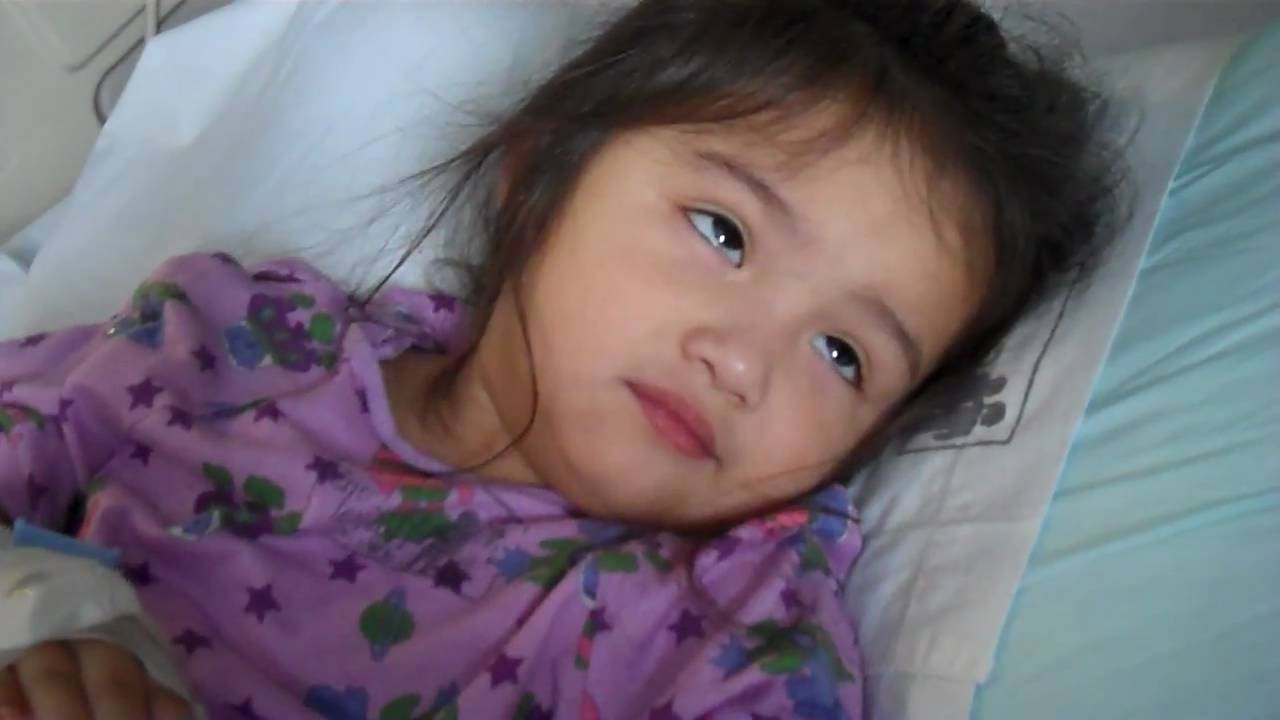
Kinsbourne Syndrome, also known as Opsoclonus-Myoclonus Syndrome (OMS), is a rare neurological disorder that primarily affects young children. This condition is characterized by rapid, involuntary eye movements (opsoclonus), sudden muscle jerks (myoclonus), and severe ataxia, which is a lack of muscle coordination. The exact cause remains unknown, but it's often linked to viral infections or tumors, particularly neuroblastoma. Symptoms can appear suddenly and may include irritability, sleep disturbances, and developmental regression. Treatment typically involves immunotherapy, steroids, or chemotherapy. Early diagnosis and intervention are crucial for better outcomes. Understanding Kinsbourne Syndrome can help in recognizing symptoms early and seeking appropriate medical care.
Key Takeaways:
- Kinsbourne Syndrome, also known as Opsoclonus-Myoclonus Syndrome, is a rare neurological disorder affecting young children, causing rapid eye movements, muscle jerks, and balance issues.
- While there is no cure for Kinsbourne Syndrome, treatments like corticosteroids, IVIG therapy, and physical therapy can help manage symptoms and improve quality of life. Regular follow-ups with healthcare providers are essential.
What is Kinsbourne Syndrome?
Kinsbourne Syndrome, also known as Opsoclonus-Myoclonus Syndrome (OMS), is a rare neurological disorder. It primarily affects young children, causing rapid, involuntary eye movements, muscle jerks, and other symptoms.
- Rare Condition: Kinsbourne Syndrome affects approximately 1 in 10,000,000 children worldwide.
- First Described: Dr. John Kinsbourne first described the syndrome in 1962.
- Autoimmune Disorder: It is believed to be an autoimmune disorder where the body's immune system attacks its own nervous system.
- Associated with Neuroblastoma: Around 50% of cases are linked to neuroblastoma, a type of cancer that develops from immature nerve cells.
- Symptoms Onset: Symptoms typically appear between 6 months and 3 years of age.
- Rapid Eye Movements: One hallmark symptom is opsoclonus, characterized by rapid, uncontrolled eye movements.
- Muscle Jerks: Myoclonus, or sudden muscle jerks, is another key symptom.
- Ataxia: Children with Kinsbourne Syndrome often experience ataxia, leading to uncoordinated movements and balance issues.
- Irritability: Increased irritability and behavioral changes are common in affected children.
- Sleep Disturbances: Many children with Kinsbourne Syndrome have trouble sleeping.
Causes and Diagnosis
Understanding the causes and how Kinsbourne Syndrome is diagnosed can help in managing the condition better.
- Immune System Malfunction: The exact cause is unknown, but it involves the immune system attacking the nervous system.
- Paraneoplastic Syndrome: When associated with neuroblastoma, it is considered a paraneoplastic syndrome.
- Viral Infections: Some cases are linked to viral infections, suggesting an infectious trigger.
- MRI Scans: MRI scans can help rule out other conditions and sometimes show abnormalities in the brain.
- Lumbar Puncture: A lumbar puncture may be performed to analyze cerebrospinal fluid for signs of inflammation.
- Blood Tests: Blood tests can detect antibodies that might be attacking the nervous system.
- Clinical Evaluation: Diagnosis often involves a thorough clinical evaluation by a neurologist.
- Electroencephalogram (EEG): EEG tests can help rule out seizures, which can present similarly to myoclonus.
Treatment Options
While there is no cure for Kinsbourne Syndrome, several treatments can help manage symptoms and improve quality of life.
- Corticosteroids: High-dose corticosteroids are often the first line of treatment to reduce inflammation.
- Intravenous Immunoglobulin (IVIG): IVIG therapy can help modulate the immune system.
- Chemotherapy: If neuroblastoma is present, chemotherapy may be necessary to treat the underlying cancer.
- Plasmapheresis: This procedure filters antibodies from the blood, potentially reducing symptoms.
- Physical Therapy: Physical therapy can help improve coordination and muscle strength.
- Occupational Therapy: Occupational therapy assists children in developing daily living skills.
- Speech Therapy: Speech therapy can address any speech and language difficulties.
- Behavioral Therapy: Behavioral therapy can help manage irritability and other behavioral issues.
- Long-term Monitoring: Regular follow-ups with healthcare providers are essential for managing the condition.
Prognosis and Long-term Effects
Understanding the long-term outlook for children with Kinsbourne Syndrome is crucial for parents and caregivers.
- Variable Prognosis: The prognosis varies widely; some children recover fully, while others may have lasting symptoms.
- Early Treatment: Early and aggressive treatment can improve outcomes significantly.
- Relapses: Some children experience relapses, requiring additional treatment.
- Developmental Delays: Developmental delays are common, especially if treatment is delayed.
- Learning Disabilities: Some children may develop learning disabilities as a result of the syndrome.
- Emotional Impact: The condition can have a significant emotional impact on both the child and their family.
- Support Groups: Support groups can provide valuable resources and emotional support for families.
- Research Advances: Ongoing research aims to better understand the syndrome and develop more effective treatments.
Final Thoughts on Kinsbourne Syndrome
Kinsbourne Syndrome, also known as Opsoclonus-Myoclonus Syndrome (OMS), is a rare neurological disorder that primarily affects young children. Characterized by rapid, involuntary eye movements (opsoclonus), muscle jerks (myoclonus), and ataxia, it can be quite distressing for both patients and their families. Early diagnosis and treatment are crucial for better outcomes. Treatment often involves immunotherapy, corticosteroids, and sometimes chemotherapy to manage symptoms and underlying causes, such as neuroblastoma.
Understanding the symptoms and seeking prompt medical attention can make a significant difference. While the journey can be challenging, advancements in medical research offer hope. Support from healthcare professionals, family, and patient communities plays a vital role in managing the condition. Stay informed, seek support, and never hesitate to consult medical experts for the best care possible.
Frequently Asked Questions
Was this page helpful?
Our commitment to delivering trustworthy and engaging content is at the heart of what we do. Each fact on our site is contributed by real users like you, bringing a wealth of diverse insights and information. To ensure the highest standards of accuracy and reliability, our dedicated editors meticulously review each submission. This process guarantees that the facts we share are not only fascinating but also credible. Trust in our commitment to quality and authenticity as you explore and learn with us.
